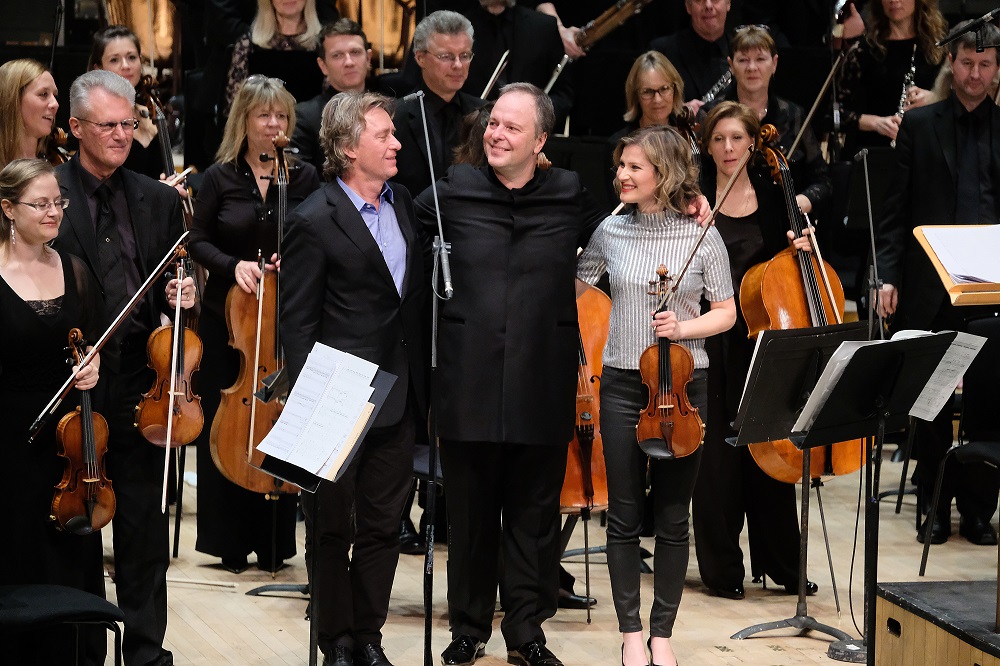CD: Fever Ray - Plunge

Swedish maverick returns after nearly a decade away with avant-electro-pop paean to sexual freedom
This album has been about in virtual form since last autumn but now receives physical release. In more ways than one. Since theartsdesk didn’t review it back then, its reappearance on CD and vinyl gives us an excuse to now. After all, Swedish musician Karin Dreijer – once of The Knife – is fascinating, an artist who pushes at the boundaries. She revived her Fever Ray persona last year amidst videos revelling in sci-fi weirdness and orgiastic BDSM imagery. Plunge is the musical life statement that follows.
Five years ago Dreijer divorced, shaking off the “Andersson” that once double-barrelled her name. She has since been exploring her mostly gay sexuality in an untrammelled physical manner, according to both interviews she’s given and the lyrics here. Where Fever Ray’s eponymous debut album, nine years ago, was morose, the sound of a woman trapped, depressed even, by parenthood, Plunge is an explosive liberation. With it comes a twisted electro-pop that upon occasion, as on the celebratory “To the Moon and Back”, is even light and accessibly melodic.
That’s not to say this is all easy stuff. On “Falling” she seems to be exploring her sexual identity via a chugging Gary Numan-esque machine rhythm, while the techno pulsing “IDK About You”, with its occasional orgasmic yelp samples, may be about Tinder hook-ups and trust. The true centrepiece and manifesto, though, is “This Country”, which stridently identifies sexual repression with political will. Many will turn to the line “The perverts define my fuck history” but, perhaps, it’s true core lies in the couplet “Free abortions and clean water/Destroy nuclear, destroy boring”.
Plunge is less art-obtuse than much Dreijer has been involved in, closer in tone to Björk and, musically, Santigold’s underheard 2016 album 99¢. She remains her own creature, not releasing this through commercial imperative but as a necessary proclamation, yet it’s as pop as anything she’s done since The Knife’s second album 12 years ago.
Overleaf: Watch the video for "To the Moon and Back" by Fever Ray




 Well might any contemporary composer quake about sharing a programme with Sibelius, whose originality in the best performances always makes his music sound as if were composed yesterday. And these interpretations were indeed the best. Oramo knew he could draw maximum, dynamically nuanced soulfulness from the BBCSO strings in the profoundly beautiful hymns which frame the work – the last, dying out on a single note, is as convincing an ending as Sibelius ever wrote, making this more than ever a candidate for the end rather than the beginning of the programme (as usual, alas, it appeared in the first half). So did the muscular energy of the outer movement's strange adventures and the Beethoven-like primal charge of the scherzo, bursting straight out of the Allegretto moderato's twilight zone. The sudden flautato semiquavers which quicken its pulse with quiet intensity, backing quirky snatches of birdsong, are a test for any conductor; all credit to Oramo and the BBCSO that those forest murmurs have never sounded more compelling.
Well might any contemporary composer quake about sharing a programme with Sibelius, whose originality in the best performances always makes his music sound as if were composed yesterday. And these interpretations were indeed the best. Oramo knew he could draw maximum, dynamically nuanced soulfulness from the BBCSO strings in the profoundly beautiful hymns which frame the work – the last, dying out on a single note, is as convincing an ending as Sibelius ever wrote, making this more than ever a candidate for the end rather than the beginning of the programme (as usual, alas, it appeared in the first half). So did the muscular energy of the outer movement's strange adventures and the Beethoven-like primal charge of the scherzo, bursting straight out of the Allegretto moderato's twilight zone. The sudden flautato semiquavers which quicken its pulse with quiet intensity, backing quirky snatches of birdsong, are a test for any conductor; all credit to Oramo and the BBCSO that those forest murmurs have never sounded more compelling.

 Based on a hugely popular novel,
Based on a hugely popular novel, 

